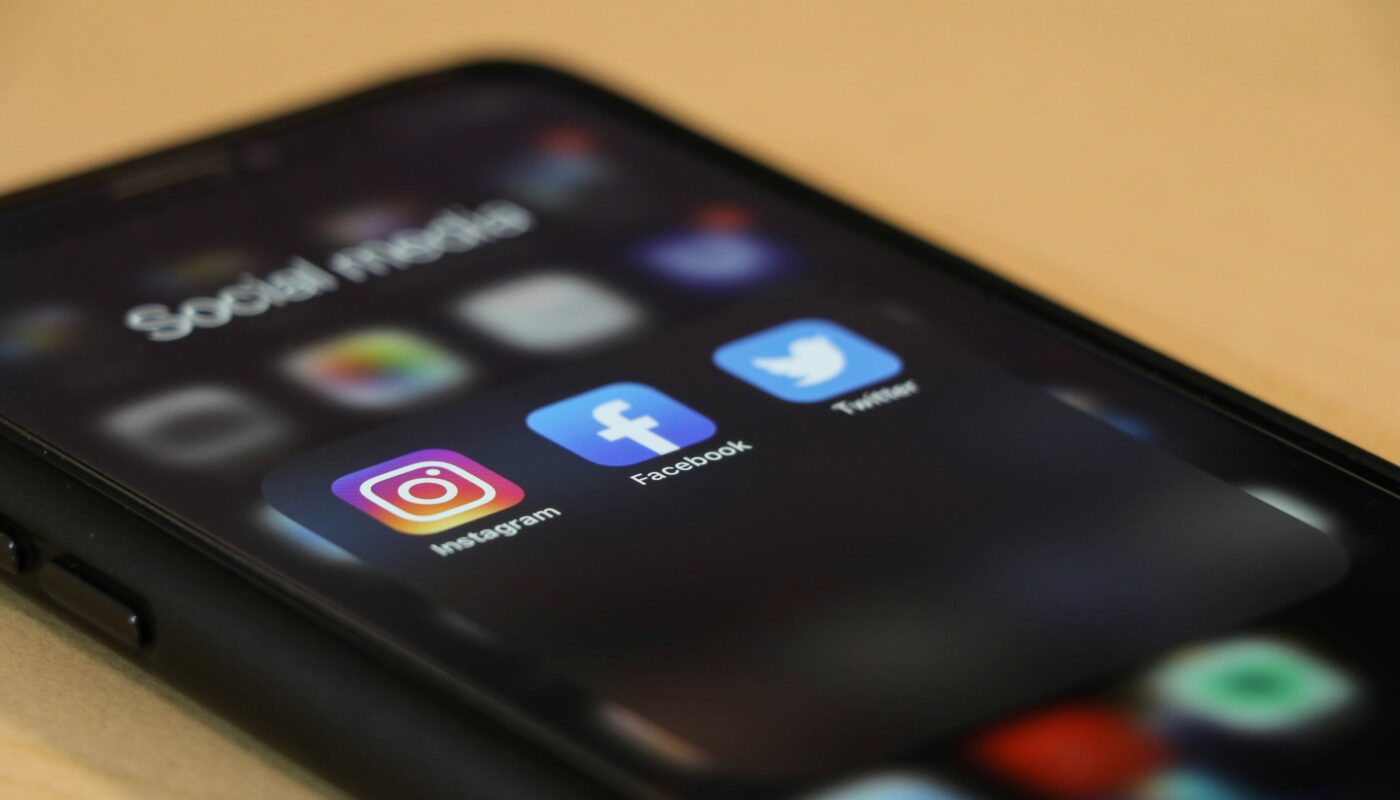Social media’s visual emphasis and algorithmic reinforcement of curated content drive pervasive social comparison, leading many users—especially adolescents and young adults—to experience heightened body dissatisfaction and reduced self-esteem. Filtered and edited images establish unattainable beauty standards, while appearance-focused feeds can trigger disordered eating and exacerbate anxiety and depression. Yet evidence shows that even modest reductions in social media use, along with media-literacy training and cognitive-behavioral techniques, can meaningfully improve body satisfaction and overall well-being. Curating a feed toward body-positive content, practicing mindfulness, and seeking supportive communities or professional help further bolster resilience. As platforms evolve new design features—such as toggles between “Inspiration” and “Reality” modes—they may better empower users to engage in ways that uplift rather than undermine mental health.
How Social Media Fuels Body Image Concerns
1. Pervasive Social Comparison
Social comparison theory explains that people evaluate themselves against others to form self-judgments. On social media, users are constantly exposed to polished images of peers, influencers, and celebrities, which often represent an upward comparison target—individuals perceived as more attractive or successful. Research shows that higher frequency of viewing appearance-focused Instagram posts is strongly associated with greater body dissatisfaction and lower self-esteem among teenage girls, particularly for those prone to social comparison tendencies.
Algorithms intensify this effect by identifying which posts generate the most engagement—likes, comments, shares—and then prioritizing similar content in users’ feeds. Because idealized body images typically elicit strong reactions, platforms feed users increasingly narrow beauty standards, deepening feelings of inadequacy.
2. Filtered and Edited Images
Photo-editing apps and beauty filters have proliferated across TikTok, Snapchat, and Instagram, enabling users to smooth skin, enlarge eyes, and slim facial features with a single tap. The result is a distorted representation of normal human appearance. A study of young adults found that following accounts showcasing heavily edited bodies was linked to disordered eating behaviors, including extreme calorie restriction and purging.
Moreover, “SkinnyTok” and similar trends often glorify unhealthy weight-loss hacks and present dangerous practices as mainstream, putting children and teens at risk of developing eating disorders.
3. Reinforced Engagement and Dopamine Loops
Social media platforms are engineered to maximize user time on site through variable-ratio reward schedules—unpredictable notifications, likes, and comments that trigger dopamine release. Because body-related content often drives high engagement, users become trapped in loops of scrolling and comparing, which perpetuates anxiety and self-criticism over appearance.
Over time, chronic engagement with appearance-oriented content can foster muscle dysmorphia in men—an obsessive preoccupation that one’s physique is insufficiently muscular—leading to excessive exercise or steroid use.
Psychological Consequences
1. Heightened Body Dissatisfaction
Longitudinal interventions demonstrate that even a 50% reduction in daily time on appearance-focused social media for three weeks leads to significant improvements in body satisfaction and self-esteem among adolescents and young adults. Conversely, sustained exposure to idealized images correlates with increasing body dissatisfaction over time, particularly in populations already vulnerable to negative self-evaluation.
2. Increased Risk of Disordered Eating
Exposure to thin-ideal and fit-ideal content significantly predicts engagement in unhealthy weight-control behaviors—binge eating, purging, laxative use, or compulsive exercise. A review of multiple studies confirms that social media’s glorification of restrictive diets and extreme workouts contributes to the onset and maintenance of eating disorders.
3. Anxiety, Depression, and Mood Disturbances
Social comparison on social media not only harms body image but also elevates symptoms of anxiety and depression. Frequent users who internalize appearance pressures report greater feelings of loneliness, social isolation, and negative affect. A recent brief underscored that mindless scrolling through curated feeds can exacerbate rumination and hopelessness, amplifying mood disorders.
Evidence-Based Protective Strategies
1. Curtailing and Moderating Use
Limiting overall screen time—especially on image-centric platforms—yields rapid benefits. One controlled trial found that participants reducing social media use by at least one hour per day for three weeks experienced notable gains in body appreciation and mood stabilization.
Practical Tips:
- Set daily limits using built-in app timers.
- Designate “no-phone” periods (e.g., meals, one hour before bed).
- Replace scrolling with alternative activities—walking, journaling, or calling a friend.
2. Media Literacy and Critical Consumption
Media-literacy programs teach individuals to deconstruct images by recognizing editing techniques, behind-the-scenes marketing motives, and the prevalence of paid sponsorships. Studies show that adolescents who receive social-media-specific literacy education report lower body dissatisfaction and reduced pressure to conform to beauty ideals.
Classroom and Workshop Approaches:
- Analyze before-and-after images illustrating the effects of photo editing.
- Discuss the role of algorithms in content promotion.
- Encourage questioning of testimonials and sponsored content.
3. Curating a Body-Positive Feed
Deliberately following accounts that celebrate diverse bodies, self-compassion, and functional wellness can transform the social media experience. Research indicates that brief exposure to body-positive posts improves body satisfaction and counters harmful comparisons.
Action Steps:
- Unfollow or mute accounts that trigger negative self-talk.
- Seek out creators who emphasize health at every size, body neutrality, and real-life testimonials without filters.
- Join supportive online communities that promote self-acceptance.
4. Cognitive-Behavioral and Acceptance-Based Techniques
Therapeutic interventions such as Cognitive-Behavioral Therapy (CBT) and Acceptance and Commitment Therapy (ACT) help reframe negative body-related thoughts, reduce maladaptive behaviors, and strengthen mindfulness. CBT specifically targets cognitive distortions around appearance and equips individuals with coping skills to interrupt comparison cycles.
Self-Help Exercises:
- Thought-record logs: Identify and challenge appearance-related automatic thoughts.
- Mindfulness meditation: Observe body sensations without judgment.
- Values clarification: Engage in activities aligned with personal values beyond appearance.
5. Social Support and Professional Help
Connecting with peers who share similar experiences—through moderated forums or local support groups—provides validation and reduces isolation. When self-guided strategies fall short, consulting a qualified mental-health professional (e.g., a psychologist specializing in eating disorders) is critical. Evidence shows that structured therapy, including group and individual sessions, significantly improves outcomes for body-image distress.
Emerging Platform Innovations
“Inspiration” vs. “Reality” Modes
Some researchers propose features that allow users to toggle between curated, influencer content (“Inspiration”) and raw, unedited posts from everyday users (“Reality”). Early pilot studies suggest that providing easy access to authentic imagery reduces the intensity of social comparisons and fosters greater acceptance of natural body diversity.
Algorithm Transparency Tools
Advocates call for platforms to reveal why certain posts are shown—e.g., “Because you liked posts about fitness” or “Promoted by advertiser”—to heighten user awareness of underlying commercial motives and discourage mindless consumption of appearance-driven content.
Practical Daily Practices for Lasting Change
- Mindful Scrolling: Before opening an app, pause to set an intention (e.g., “I will look only for inspiration today”).
- Gratitude Journaling: Each evening, write three appreciations about your body’s functionality—its strength, endurance, or health.
- Self-Compassion Breaks: When noticing negative self-talk, offer yourself the same kindness you would a friend.
- Media “Fast”: Conduct periodic breaks—48-hour or weekend-long digital detox—to recalibrate expectations and reengage with offline life.
Conclusion
Social media’s visual culture can erode body image through relentless social comparison and exposure to filtered ideals, fostering dissatisfaction, disordered eating, and mood disturbances. However, mounting evidence demonstrates that strategic interventions—limiting usage, bolstering media literacy, curating positive feeds, applying cognitive-behavioral tools, and building social support—can reverse these trends and promote mental well-being. As platforms experiment with user-controlled modes and transparency, individuals armed with knowledge and intentional habits can navigate social media in ways that celebrate authenticity, diversity, and self-compassion. By combining personal agency with broader advocacy for healthier digital environments, we can transform social media into a space that uplifts rather than undermines our mental health.



